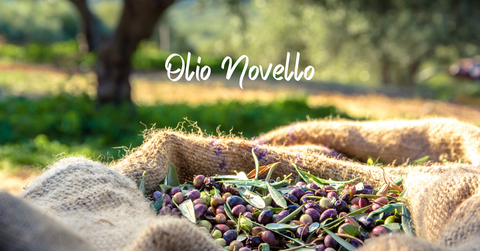A Bit of History: How Italian-American Cuisine Was Born
When Italian immigrants arrived in the United States in the late 19th and early 20th centuries, they brought their culinary traditions with them. However, they often had to adapt these recipes due to the ingredients available in America. Over time, Italian-American cuisine developed its own identity, blending Italian flavors with American preferences.
Key Differences Between Italian and Italian-American Food
1. Portion Sizes
- In Italy: Portions are usually smaller and focused on quality over quantity. Italian meals are structured in courses (antipasto, primo, secondo, contorno, and dolce), each with modest portions.
- In the U.S.: Italian-American dishes are often served in large portions as a single, filling plate. A big plate of pasta with meat and cheese is typical in Italian-American restaurants but uncommon in Italy.
2. Pasta with Chicken and Meat
- In Italy: Italians rarely, if ever, mix meat like chicken with pasta. Pasta is usually served with vegetables, seafood, or a simple tomato sauce. Meat dishes are typically served separately as the secondo piatto.
- In the U.S.: Dishes like chicken alfredo, chicken parmigiana, and spaghetti with meatballs are staples in Italian-American cuisine. While tasty, these combinations are not traditional in Italy.
3. Sauce and Cheese Overload
- In Italy: Sauces are often light, and the focus is on letting the flavor of the pasta and fresh ingredients shine. Italians also use cheese sparingly to complement rather than dominate a dish.
- In the U.S.: Italian-American dishes tend to be heavy on sauce and cheese. You’ll find dishes covered in melted mozzarella or thick, creamy sauces, like fettuccine Alfredo. In Italy, Alfredo sauce isn’t even a thing!
4. Pizza Style
- In Italy: Italian pizzas are thin, with a light amount of sauce, fresh mozzarella, and a few toppings. Each pizza is personal-sized and meant to be enjoyed with a knife and fork.
- In the U.S.: Italian-American pizza tends to be thicker, with lots of cheese and toppings, often baked in a deep pan or a thicker crust. New York-style pizza is just one famous example of this difference.
5. Garlic Bread
- In Italy: Garlic bread as it’s known in America doesn’t exist. Italians may enjoy bruschetta, which is grilled bread with a drizzle of olive oil and topped with tomatoes or other fresh ingredients.
- In the U.S.: Italian-American garlic bread is often made with a butter and garlic mixture, sometimes with cheese, and baked. It’s become a side dish staple in Italian-American restaurants, but it’s not traditionally Italian.
6. Desserts
- In Italy: Desserts are generally simple, like a small serving of gelato, a biscotto with coffee, or a piece of fruit.
- In the U.S.: Italian-American desserts often include large servings of tiramisu, cannoli filled with sweet cream, or even cheesecake—often adapted to American taste.
Why These Differences Matter
Understanding these differences offers insight into Italian culture and the importance of food in everyday life. Authentic Italian cuisine is about quality ingredients, simplicity, and balance. By contrast, Italian-American dishes evolved to meet American tastes for larger, richer, and more filling meals.
How to Experience Authentic Italian Food at Home
If you’re interested in trying real Italian flavors, here are a few tips:
Choose High-Quality Ingredients: Authentic Italian food emphasizes fresh, simple ingredients. Try using high-quality olive oil, fresh tomatoes, and Italian pasta for a more authentic taste.Cook with Simplicity in Mind: Instead of heavy sauces and multiple meats, try making a simple Pasta Pomodoro with fresh tomatoes, garlic, basil, and a touch of Parmesan.
Explore Different Italian Regions: Italian cuisine is diverse, with each region having unique ingredients and dishes. Try exploring regional recipes like Pasta alla Norma from Sicily or Risotto alla Milanese from Lombardy.
Whether you love classic Italian-American dishes or want to experience authentic Italian flavors, both cuisines have something unique to offer. At magnificofood.com, we provide high-quality Italian ingredients so you can enjoy the taste of Italy in your own kitchen. Buon appetito!



